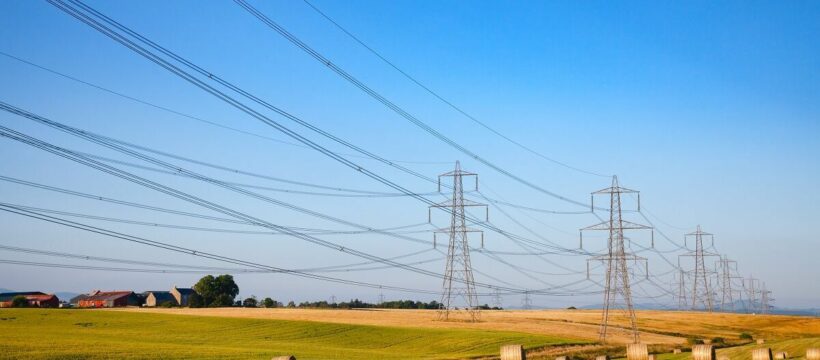East Anglia: Local residents campaign against building of pylons
Building 164ft-high pylons across 110 miles of countryside will destroy it for generations to come, a veteran Tory MP says.
Sir John Hayes wants communities to be given more powers to prevent plans like those involving giant above-ground cables to transmit green energy across East Anglia.
National Grid say its East Anglia Green project is needed to upgrade the area’s grid for extra power from off-shore wind farms, the proposed Sizewell C nuclear plant and to allow greater interconnection with countries across the North Sea.
But Sir John, MP for South Holland and The Deepings warned a desire to meet “top-down centrally driven” targets is no excuse for the destruction of natural beauty.
He said: “It is obvious that undersea cables are the best way of carrying power to where it’s needed, so sparing the eastern English countryside.

“We owe those from whom we inherited our landscape and those yet to be born not to destroy it. There are over 4,300 miles of overhead electricity lines in England and Wales – most in rural areas. Shockingly, there are proposals to add yet more pylons on an even bigger scale in East Anglia and in Lincolnshire.”
National Grid wrote to 52,000 households affected by the East Anglia Green project last year. It hopes to reveal details of the sites this year, with completion in 2030.
More than 23,000 people have signed a petition demanding an offshore grid instead, connecting nuclear plants and turbines.
Don’t miss…
Sunak’s eight-word response to G7 question about Braverman speeding claims[LATEST]

Rosie Pearson, founder of the Essex, Suffolk and Norfolk Pylons group, claimed regulator Ofgem was “failing” locals.
She said: “Ofgem’s one job is to ensure best outcomes for consumers. Yet it is completely ignoring the offshore grid alternative to pylons which would save consumers £2billion.” Ofgem said: “Our priority is always to ensure the decision made is in the best interests of consumers.”
National Grid said: “Electricity network upgrades are essential to deliver on the Government’s net-zero and offshore wind targets. In the East of England we are proposing a mix of offshore and onshore projects to deliver the new network required.”

Source: Read Full Article
